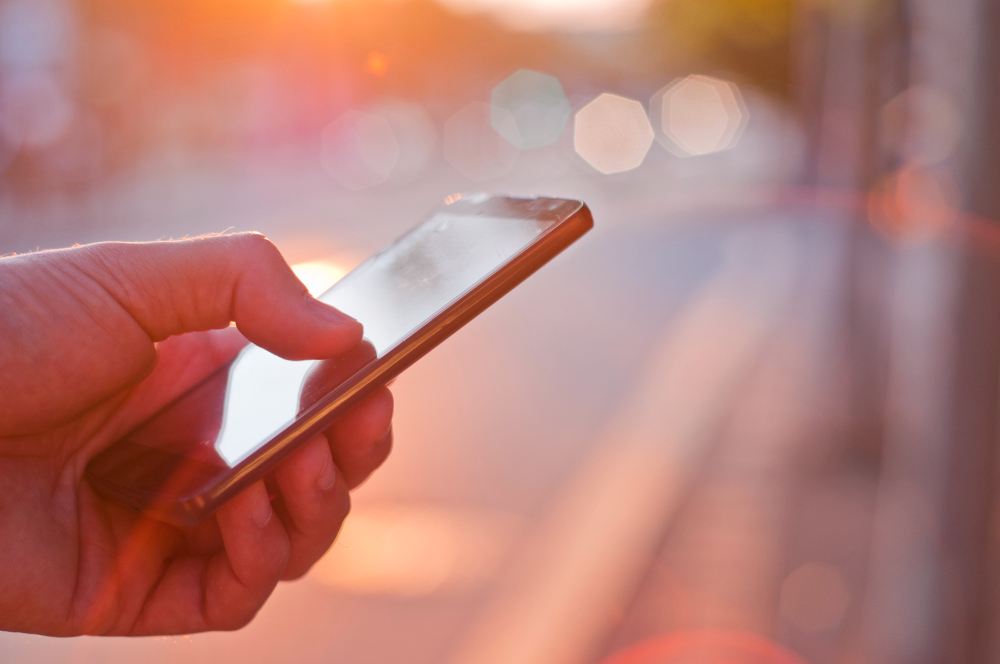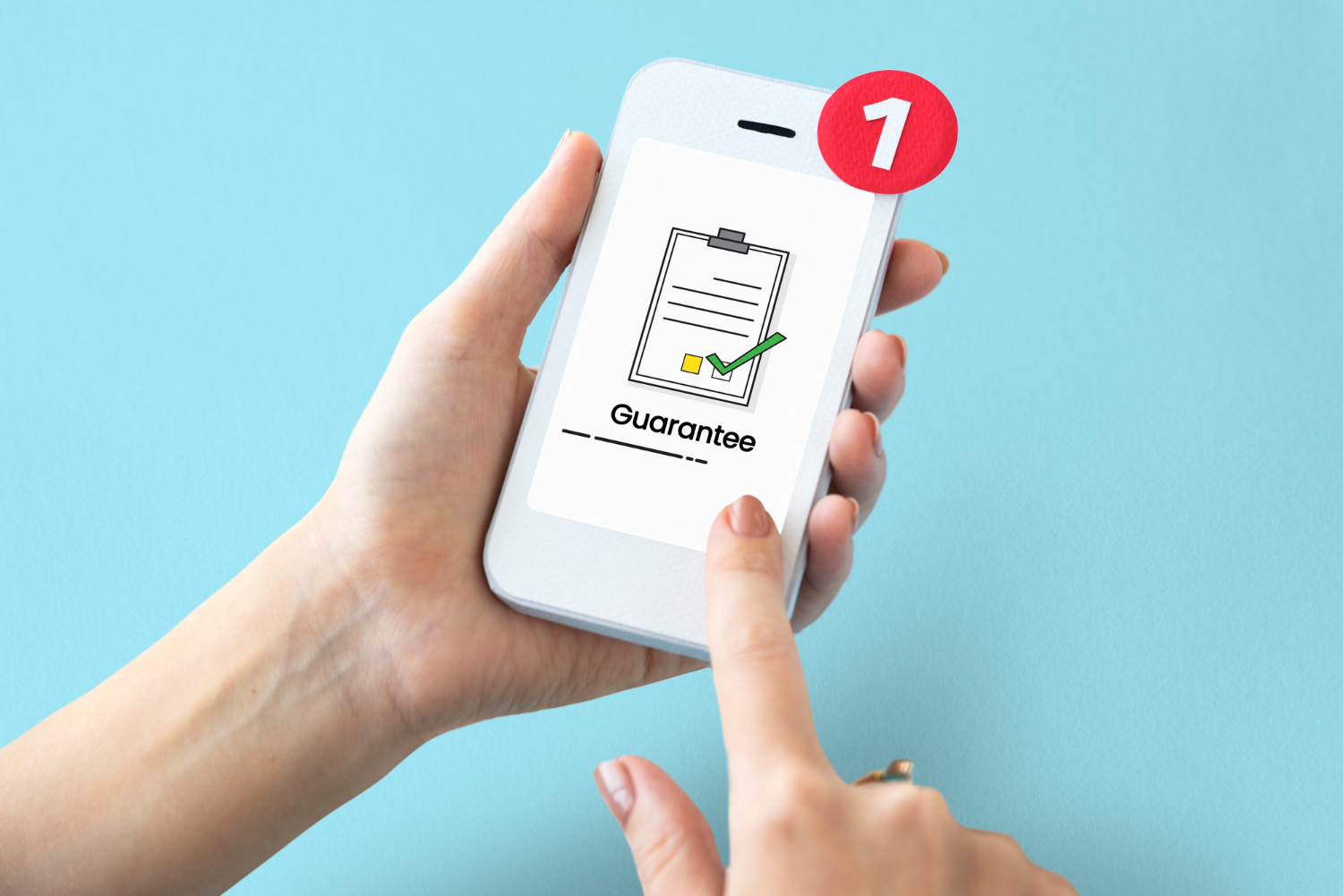
Imagine a world where our lives and smartphones share an unbreakable bond, where our digital companions are never more than an arm’s reach away.
In this dynamic realm, mobile app developers possess a secret weapon: push notifications. These pint-sized messengers hold the keys to user engagement, capable of weaving magic spells that draw users in or fading into the background, depending on the secrets of their design.
In this exploration, we’ll uncover the intricate psychology that fuels these captivating notifications. We’ll delve into the art of crafting messages that speak directly to the hearts and minds of users, utilizing the science of persuasion and the magic of timing.
The Crucial Role of Push Notifications in Mobile App Engagement
Before we dive into the psychology of creating compelling push notifications for mobile apps, let’s underscore their importance.
Push notifications serve as a direct channel of communication between your app and its users. They present a unique opportunity to provide timely updates, information, and call to actions, effectively inviting users to engage with your mobile app.
To grasp the significance of push notifications, consider reading Push Notifications 101 article for the main information and Push Notifications Statics and for a more comprehensive insight.
Leveraging Psychological Principles for Effective Push Notifications
To create push notifications that truly resonate with mobile app users, it’s essential to harness the power of persuasion rooted in psychological principles. Here are some key psychological triggers:
- Scarcity Effect: Emphasize the limited availability of a feature, product, or service within your app. Instill a sense of urgency to prompt users to take immediate action. For example, you can notify users about limited-time discounts or product launches
- Social Proof: People tend to follow the crowd. Showcase user engagement with your app, such as the number of likes, shares, or reviews, to encourage others to do the same. Consider sending notifications that highlight positive user reviews or sharing milestones in user interactions.
- Fear of Missing Out (FOMO): Craft notifications in a way that suggests users might miss valuable information or opportunities if they don’t act promptly. Use language that creates a sense of urgency and curiosity. For instance, notifying users about flash sales or breaking news can trigger FOMO.
- Personalized Recommendations: Leverage user data to make personalized recommendations through push notifications. For example, a music streaming app can send notifications about new releases from an artist the user has shown interest in.
Crafting Persuasive and Action-Oriented Messages
Now, let’s explore the art of composing compelling push notification messages for your mobile app:
- Concise and Action-Oriented Language: Be clear about the desired user action, whether it’s clicking a link, making a purchase, or sharing content. Users should immediately understand what’s expected of them. For example, a food delivery app can send a notification like “Hungry? Order Now!” which prompts a direct action.
- Personalization: Tailor notifications based on user names, past interactions, and preferences. Personalized messages make users feel valued and more likely to engage. Use data collected from user profiles and behavior to send relevant notifications. For instance, a fitness app can send workout suggestions based on the user’s previous activity.
- Use Persuasive Words Sparingly: Words like “exclusive,” “limited time,” and “special offer” can create excitement. However, use them sparingly to maintain their impact. Overusing such terms can make your notifications seem less genuine. Reserve them for truly exceptional offers or updates.
Timing and Frequency for Mobile App Push Notifications
The psychology behind timing and frequency of push notifications can significantly impact their effectiveness:
- Timing: Send notifications at the right moments based on your audience’s daily routines and preferences. Avoid interrupting users during commuting hours or late at night. Research your target audience’s habits and time zones to determine when they are most likely to engage with your app. For example, a news app can send notifications about daily headlines in the morning when people typically catch up on news.
- Frequency: Strive for a balance to avoid overwhelming users. Sending too many notifications can lead to app fatigue, prompting users to disable them. Find the sweet spot to stay on users’ radars without annoying them. Consider segmenting your user base and sending notifications that are relevant to each group. For instance, a travel app can send personalized travel deals to users who have shown interest in specific destinations.
Personalization and User Segmentation
Enhance your push notifications through personalization and user segmentation:
- Personalization: Go beyond using names; tailor notifications based on user behavior, preferences, and demographics. Users engage more with content that resonates personally. For example, a music streaming app can send playlists based on a user’s music taste and listening history.
- User Segmentation: Divide your user base into segments based on interests or behaviors. Send targeted notifications that cater to specific needs, such as personalized product recommendations for an e-commerce app. Utilize analytics tools to categorize users into segments. For instance, a gaming app can send notifications about new in-game events to users who have previously participated in similar events.
Analyzing Push Notification Effectiveness
Understanding the impact of your push notifications is crucial for continuous improvement:
- A/B Testing: Conduct A/B tests to compare the effectiveness of different notification strategies. Test variations in timing, messaging, and visuals to determine what resonates best with your audience.
- User Feedback: Encourage users to provide feedback on your notifications. This can be done through in-app surveys or feedback forms. Use this information to refine your notification strategy.
In Conclusion
In the competitive world of mobile apps, mastering the psychology of effective push notifications is paramount. By understanding psychological principles, crafting compelling messages, timing notifications effectively, and embracing personalization and user segmentation, you can maximize the impact of your push notifications.
As you navigate the ever-evolving mobile landscape, consider exploring partnerships to further enhance your mobile app’s reach and impact. One such opportunity lies with madduck Publishing, which can lead your operation in mobile app marketing and user engagement strategies. Partnering with madduck Publishing can provide valuable insights and support to take your mobile app to the next level.
Mastering the art of push notifications will undoubtedly set your mobile app apart in this competitive arena. Remember, your journey to mobile app success is just a notification away!


